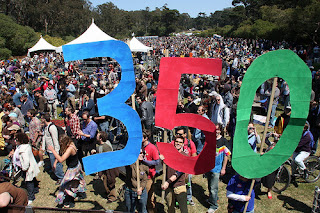On Why AGW is an Endless Battle

These are some of the main reasons why the AGW debate is endless: 1. CO2 is indispensable for life. We'll all die of starvation and cold without a sufficient amount of it in the atmosphere. I don't think there is a single reasonable person that questions this. So far, so good. 2. Yes, it is indispensable but, how much is too much? Here the arguments begin. Some want to return to the "primeval" 280 ppm CO2 concentration. Others arbitrarily state that the target should be 350. At the other extreme, we have people comfortable with 1,500 ppm. Since we have already exceeded 400 ppm and our global emissions are not being curtailed, the 350 ppm seems like an impossible objective. Should a more achievable objective such as 550 ppm be established and focus on trying to adapt to that world (that is almost certainly coming)? Would a 550 ppm world be worse in every sense or would it also have positive consequences? The latter is probably the right answer....


